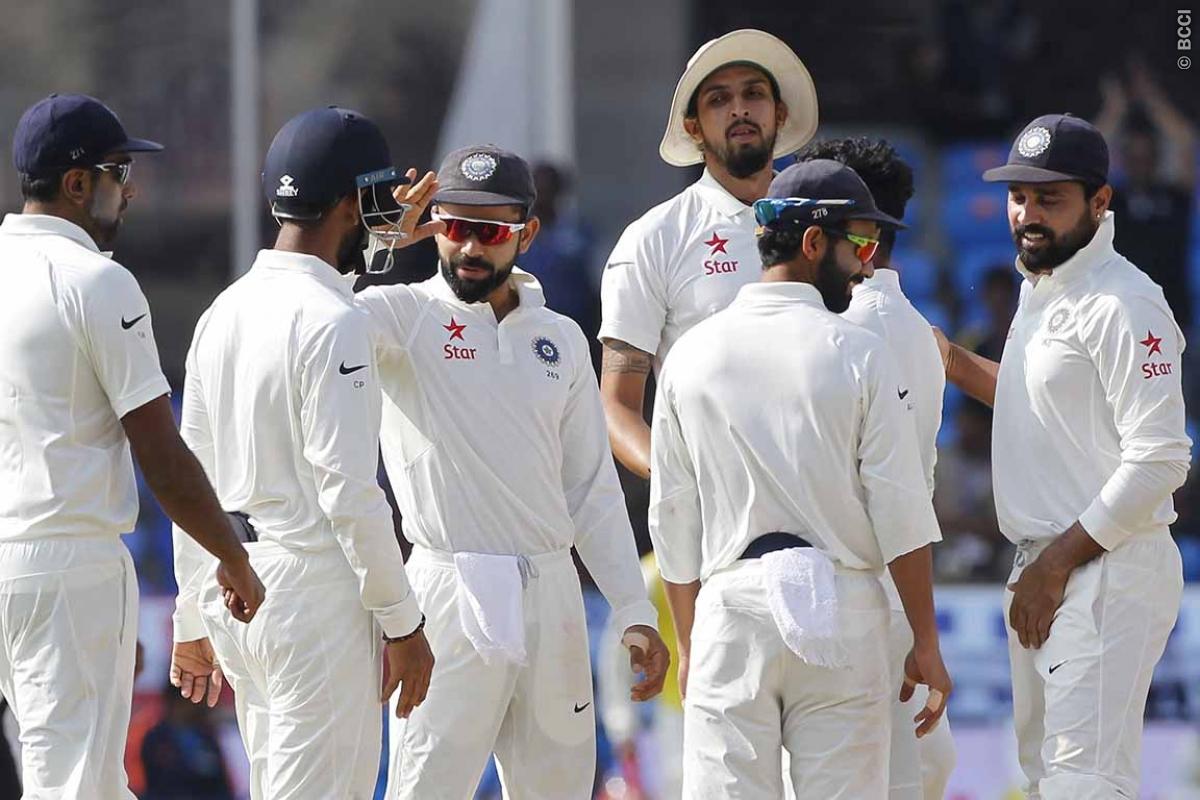espncricinfo | Does the DRS procedure require certain changes?
At the end of the one-off Test match, something strange happened. India appealed for a catch, but when the replays (on the big screen at the ground) showed the ball didn't touch the bat, Kohli reviewed for an LBW decision. But was it right showing the replays to everyone on the ground?

A possibly unforeseen event occurred to end the Hyderabad Test, as far as DRS is concerned. Because it brought India an expected victory, the review to bring about the last dismissal - with almost a session still in India's hand to take that last wicket - didn't become the big controversy it might have been in tighter circumstances. In brief, India were allowed to review a not-out call on lbw after they had possibly seen the replay on the big screen or had at least had the opportunity for signals to be made from the change room.
The details of this play were not as straightforward. A really full ball from R Ashwin hit the pad of Taskin Ahmed and lobbed up. India went up immediately. It cannot be said whether they appealed for lbw or bat-pad catch, but it seemed like one of those plays where only bat can save the batsman from the lbw, in which case he is out caught anyway. Umpire Marais Erasmus, though, gave it another twist by going to the third umpire to check if there had been a bump ball.
The replays showed that the bat didn't even touch the ball. In fact it hit the ground, which might have given Erasmus the impression of an inside edge. However, the replays also showed this was a really good lbw call in this case. As soon as the big screen flashed not out, Kohli hit his left forearm with his right fist, initiating what turned out to be a successful review.
Read the complete article here.

Comments
Sign up or log in to your account to leave comments and reactions
0 Comments